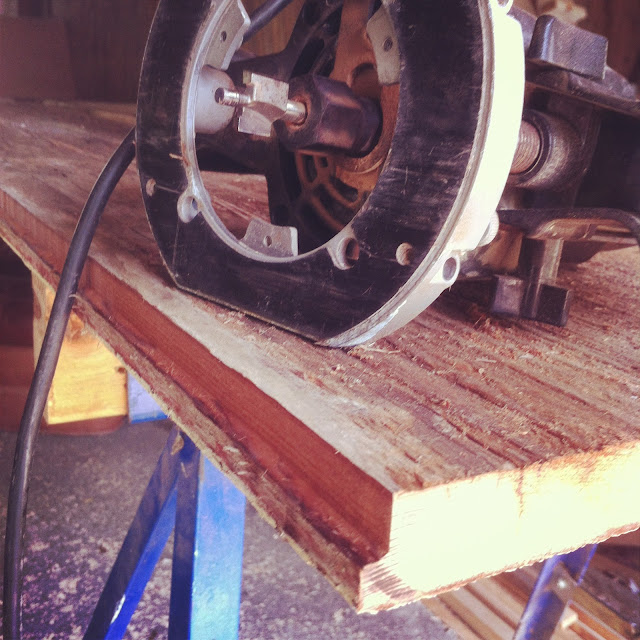AFTER PAINTING TWO BOATS with twin-pack polyurethane paint, I thought I knew all about polyester urethanes. I was wrong.
After I had finished the second boat, the surveyor came along. Tap, tap, tap, he went, all over the hull and decks of my sweet little 22-foot Santana.
He approached me with a long face. “Bad news,” he said, “your deck is delaminating.”
“What?” I cried. “Impossible. I’ve just been all over it. Sanded it. Painted it. There was nothing wrong with it.”
“Come and listen,” he said. He tapped the deck and it made that sickening dull thud, instead of a nice bright ring.
“Omigod,” I said.
There was no doubt about it. Something was badly amiss. We pondered it together, and eventually I decided there was nothing to lose.
I took a sharp knife and cut into the deck. I pulled back a strip. It was all paint. The deck underneath was as solid as ever.
“The paint hasn’t stuck,” the surveyor said. “How did you do this?”
I told him I’d sanded down the old deck paint. I applied a coat of Interlux epoxy primer. Then, having run out of that particular paint on the weekend, I grabbed some more epoxy primer from my nearest Ace Hardware store, and applied that. Before it cured, I sprinkled sand over it, 30-grit sand from a local builder’s yard. When the epoxy dried, I brushed off the excess sand lying on top with a soft brush.
Then I painted on two coats of Interlux twin-pack polyurethane. The result was magnificent. Better than new. Much better. Until the surveyor came along.
We poked around the deck some more and found that we could peel the new deck off by hand. Large chunks of it came away as we togged. The epoxy and polyurethane and sand had formed a thick pliable skin — but it was not attached to the old deck. Underneath this skin, and on top of the old deck, was a sweet-smelling layer of some kind of liquid chemical.
“Aha,” said the surveyor, who was a smart man. “Incompatible epoxies.” He explained that the Interlux epoxy and the Ace Hardware epoxy had not liked each other. They had not got on well together at all. One of the other had revolted and formed this liquid layer that had prevented the top layers from sticking to the deck.
So I pulled off the new layer of deck paint like you’d peel the skin off a banana, scrubbed the whole deck down with acetone, and started again, this time with two epoxy coats from Interlux. And this time it worked. But it was a hard way to learn that different epoxies hate each other so much. I always thought epoxy was epoxy. Anyway, for someone who thought he knew all about twin-pack polyurethane, it was a humbling lesson.
Today’s Thought
Good painting is like good cooking: it can be tasted, but not explained.
— Vlaminck, On Painting
Tailpiece
“Johnny, who was the roundest knight at the Round Table of King Arthur?”
“Sir Cumference, sir.”
“Very good. And how did he achieve his great size?”
“From too much pi, sir.”



























 Available now is the new 2016 Winston BIIIx Fly Rods. What is different you ask? Only one change occurred and that is New "Shooting Guides." Do guides make a difference? In fact they do and I found that out while casting each one separately and not knowing which one had the NEW Shooting Guides I was able to tell the difference and identify the fly rod with the new guides. I like the idea that Winston took an already near absolute perfected fly rod and chose one component to change that would make a noticeable improvement. It shows the commitment Winston has to take an already world renown product and continue its evolution into the future.
Available now is the new 2016 Winston BIIIx Fly Rods. What is different you ask? Only one change occurred and that is New "Shooting Guides." Do guides make a difference? In fact they do and I found that out while casting each one separately and not knowing which one had the NEW Shooting Guides I was able to tell the difference and identify the fly rod with the new guides. I like the idea that Winston took an already near absolute perfected fly rod and chose one component to change that would make a noticeable improvement. It shows the commitment Winston has to take an already world renown product and continue its evolution into the future. 





















